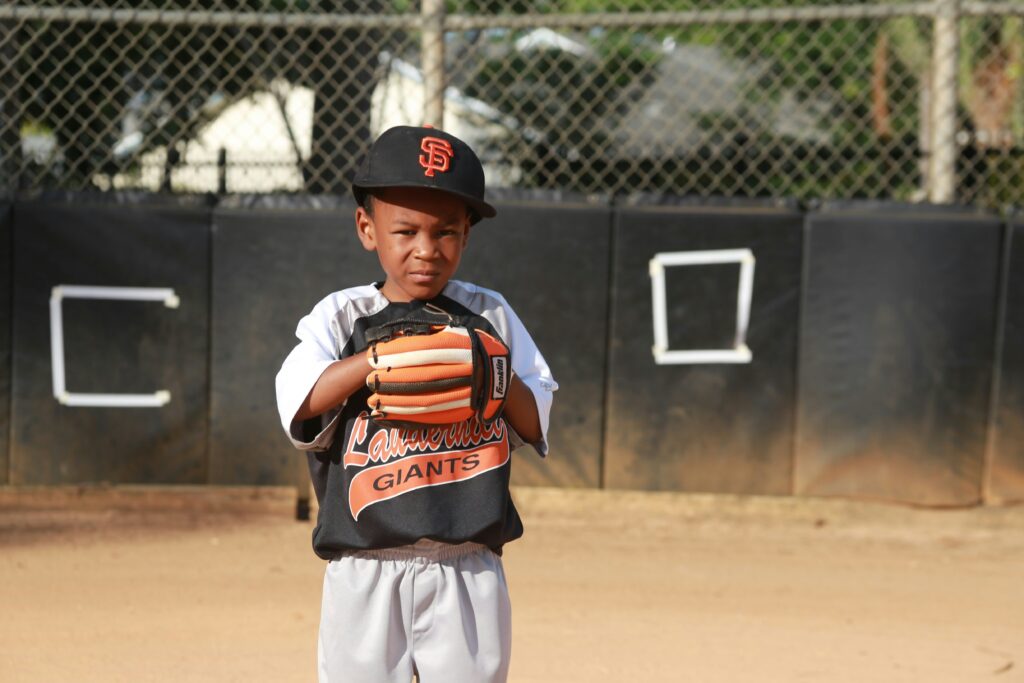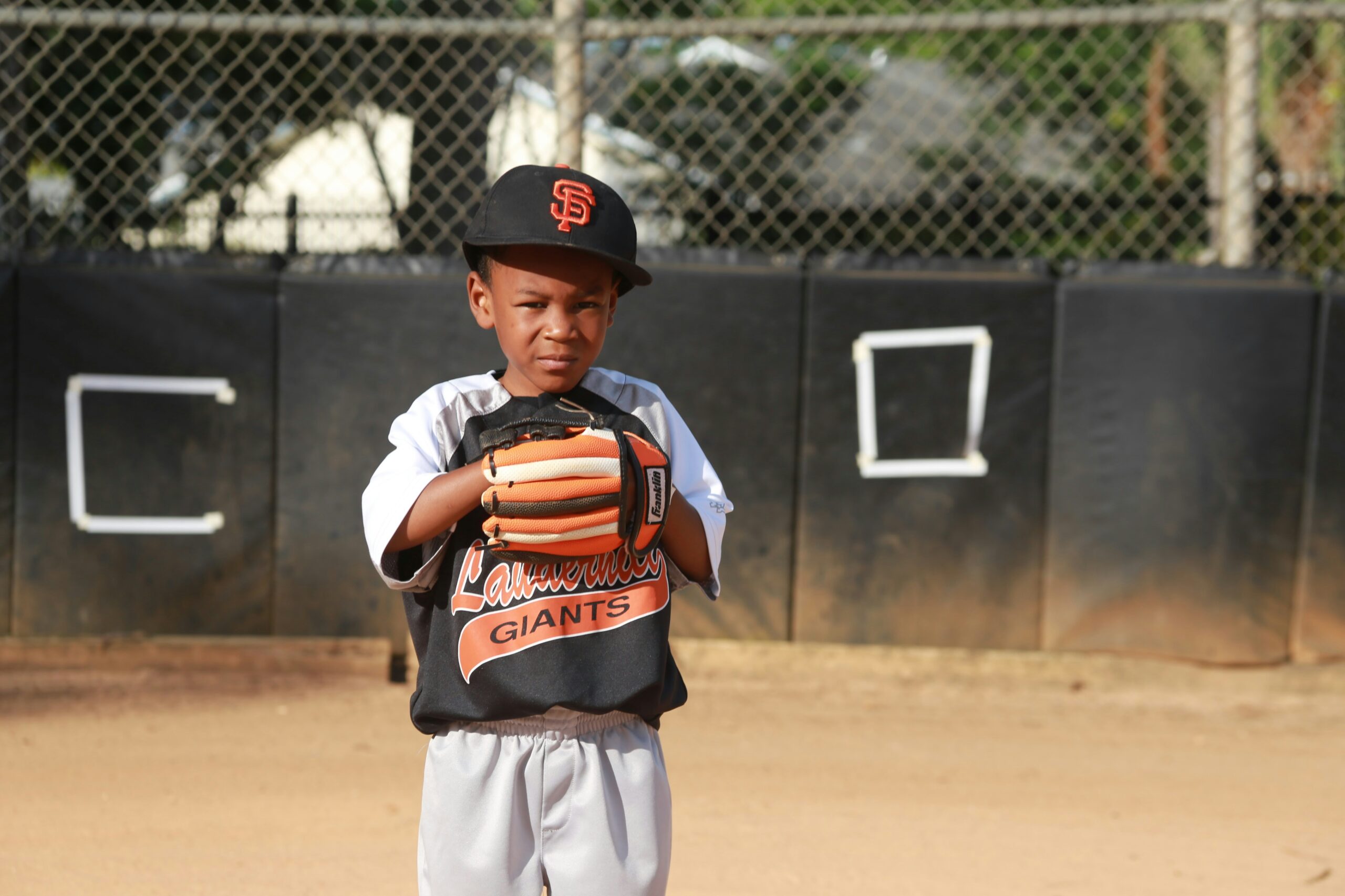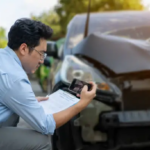UPDATED: Feb 16, 2024

As part of our extensive New Jersey Personal Injury practice, we are occasionally asked by parents whether they can bring a lawsuit for injuries suffered by their child during a youth sporting event. Lately, there has been a lot more public education about the dangers of youth contact sports. The public is starting to better understand the fact that kids can suffer all sorts of injuries playing sports, and while often times youth sports injuries are not serious, from time to time we read in newspapers about children who suffer complex and debilitating fractures or tears, concussions, serious brain injuries, and even death. And this is not limited to sports like football, which seems to get the most attention. Kids could and have been seriously injured while playing lacrosse, hockey, even golf or swimming.
There are a few types of cases that may be brought when a child is injured while participating in sports in New Jersey. A claim could be brought directly against another player who injured the person. A claim could be brought against a private facility hosting the event. A claim could be brought against a private organization that is running the sports activity. And a claim could be brought against a school or town that operates and organizes the sports activities.
The first type of case – a claim brought by one child against another – was recently discussed in the Appellate Division in the case of C.J.R. v. G.A.. This was a case of first impression (i.e. it was never discussed in a prior case) in New Jersey. In that case, an 11-year-old lacrosse player was seriously injured when a 12-year-old opponent allegedly used an illegal take-down check maneuver. Traditionally, adults who participate in sports will be liable for injuries caused by intentional or reckless acts – but not for simple carelessness. In this case, however, children were involved and they were playing a rough sport. Even if the defendant did do an illegal move, the court ruled that he wasn’t liable for the injuries. This was due to the ages of the kids, the fact that it was an inexperienced league, time on the clock was running out and the kids were excited, and the fact that there was no evidence that he was purposely trying to injure someone. In a different type of situation, an injured child could have a legitimate case against an opponent responsible for injuries, but more would evidence would need to be there.
If a claim is being brought against a private facility – for example, there is improperly maintained equipment – then the case is really not that different when compared to any other case against a property owner. The plaintiff would have to show that the property owner did something wrong. The mere fact that an accident happened on the property is not enough to prove the case. For sports injuries, something that a lawyer would have to keep in mind is the intended purpose of sports facilities, and wear and tear that happens on sports fields and equipment, and the appropriate level of maintenance, which may be different from other types of facilities.
But most claims are brought against the organization that is actually running and supervising the sports activities. This is often a school or town league, but it may be a private organization. Critically, there is big difference between defendants that are public entities (like a school) and private companies. Public entities would be subject to certain laws under Title 59. This set of laws provides certain immunity to public entities and their employees. This makes it more difficult to bring a successful case against a school. Private companies would not enjoy those statutory protections. But in any case, the key is to identify what the organization may have done wrong. Again, the mere fact that an injury occurred is not enough to prove the case. No organization is going to be strictly liable for all injuries that occur during a sports game. An attorney would need to understand all of the risks of the sport, the precautions taken, the training of the staff, the policies in effect when a player is injured (like a concussion policy), the types of supervision, the sports equipment, etc. In the least, there would need to be evidence that the people running the sports activity failed to do the things that they were expected to do in order to avoid injuries.



